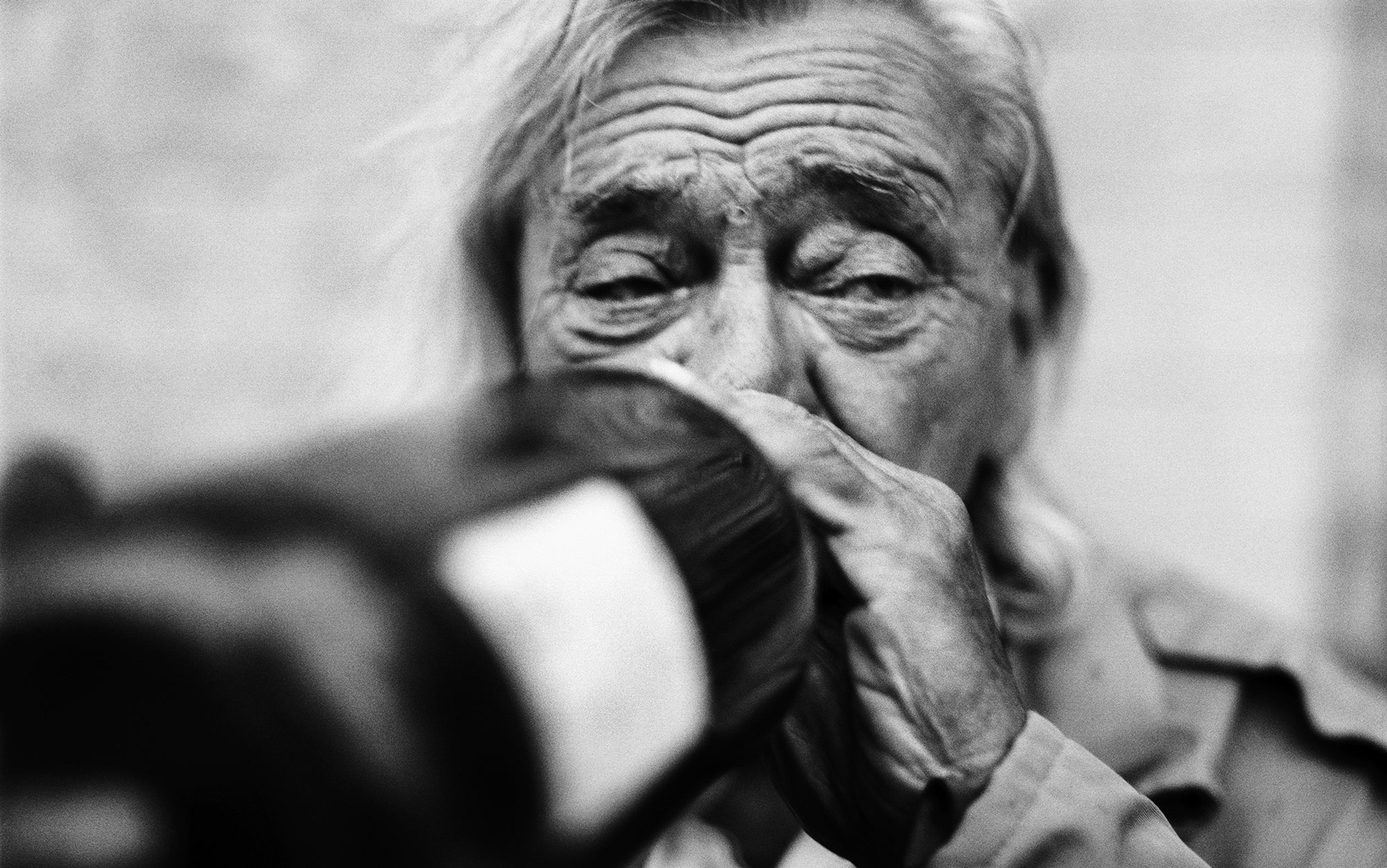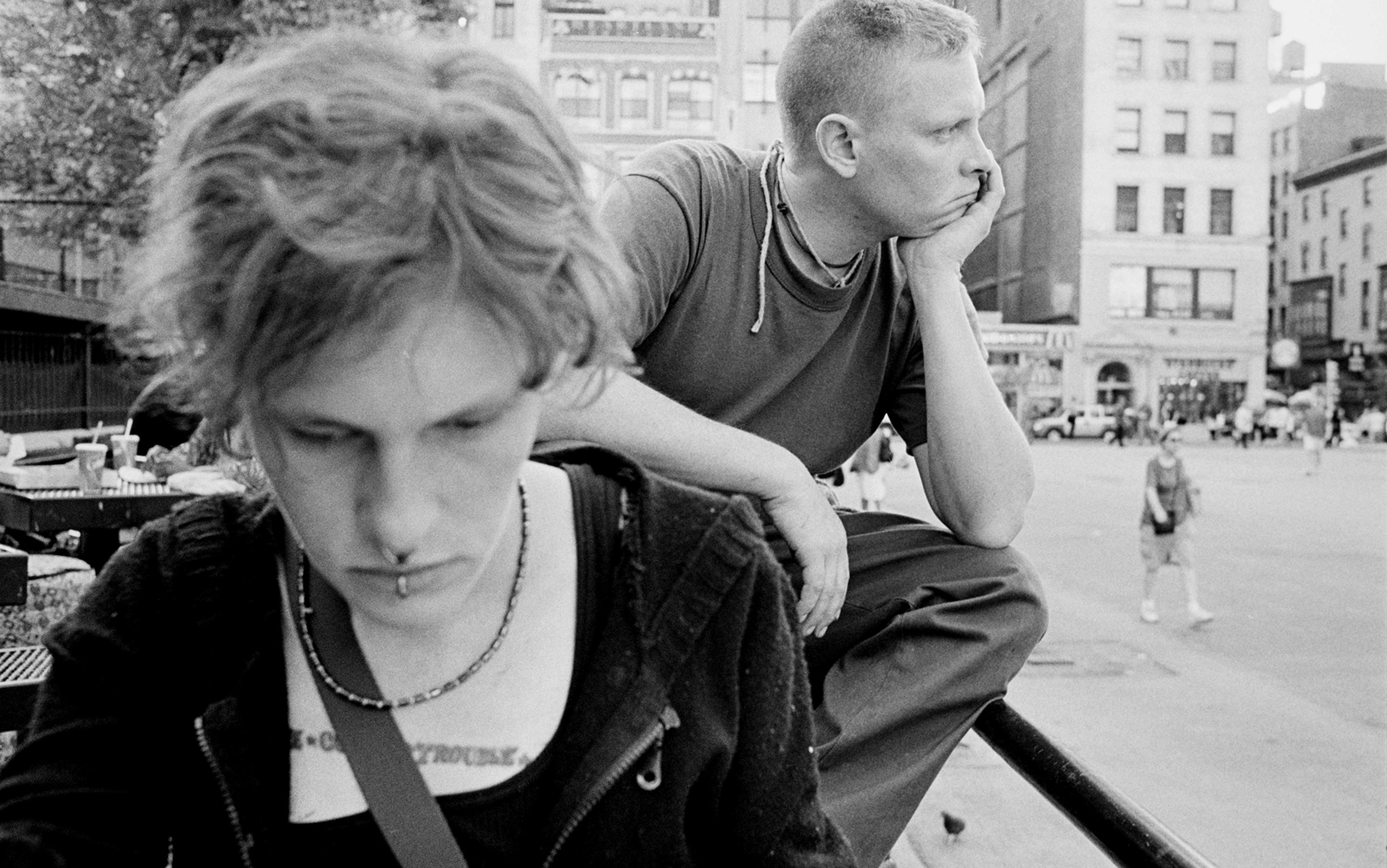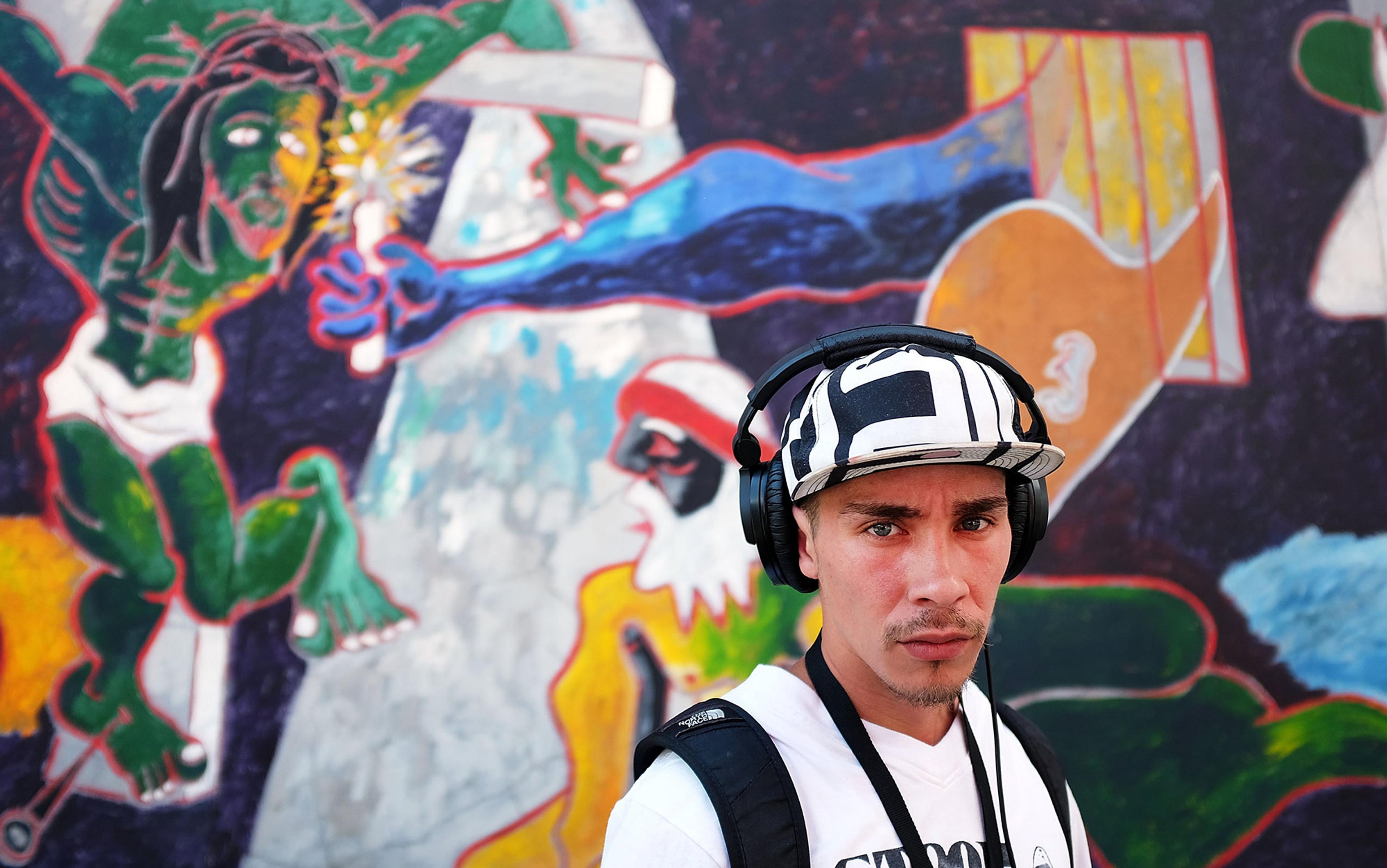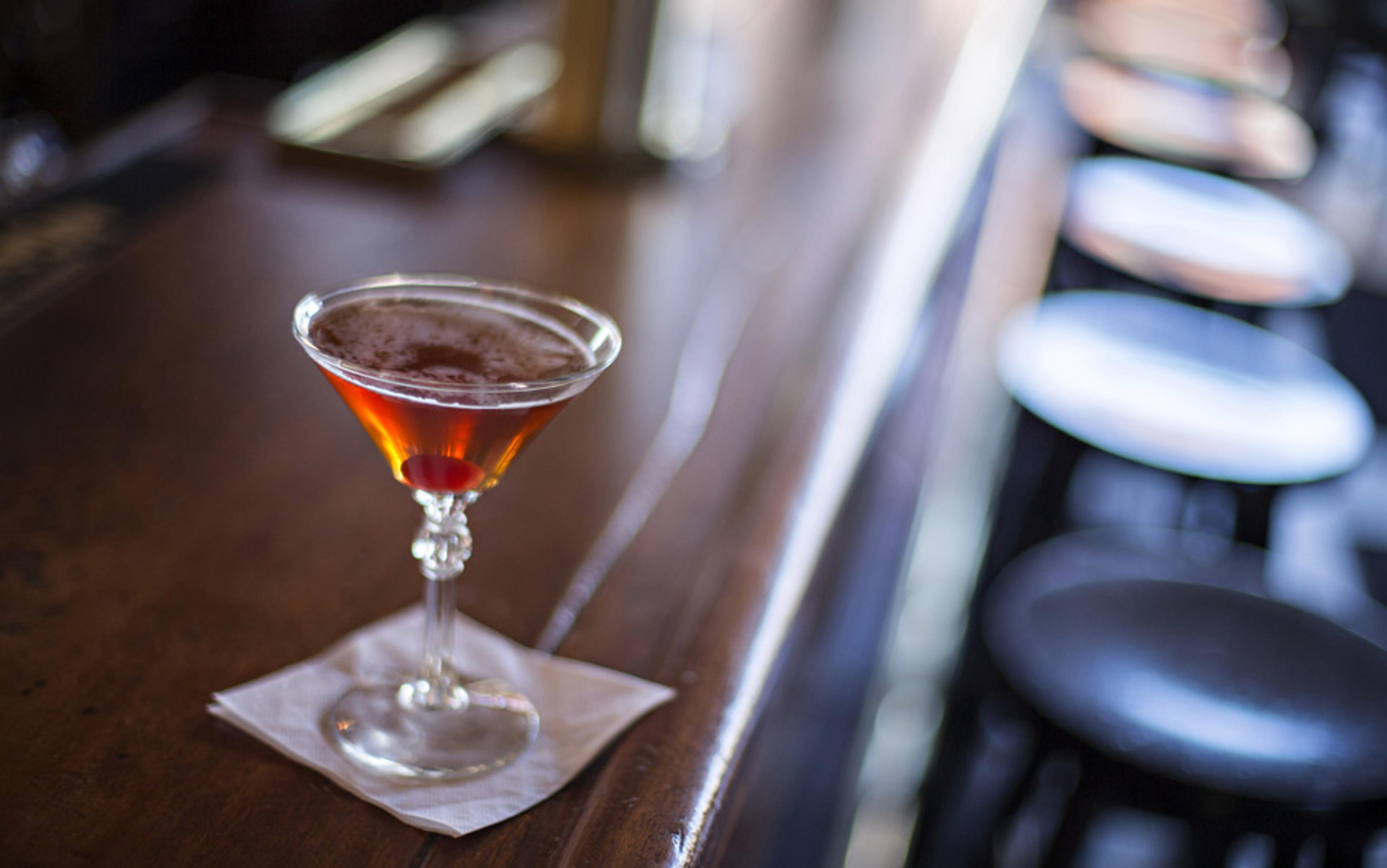Sarah started using heroin when she was 16, and soon after that she left home to live with her dealer. Heroin was one of the ways he had power over her. He was older than her, and often unfaithful. Over the three years that they were together, they frequently fought, sometimes violently. She would end up staying with friends or on the streets. She would steal to get money for heroin until he convinced her to return, partially through the promise of more drugs. Eventually she was arrested for shoplifting and sent to prison. Her boyfriend ended the relationship while she was in custody. In response, Sarah cut her wrists. It began a lasting pattern of self-harm through cutting.
Sarah received treatment for her addiction in prison, and had frequent contact with mental health professionals, but she has never successfully gone without heroin for more than a few days, despite repeated efforts. She funds her habit through state benefits, loans from her mother, and theft. Her father died when she was three. Her mother raised her on her own, working two jobs to make ends meet. Her mother was and is her only stable source of support. Sarah hates herself deeply.
This is a fictional case study, based on the real addicts I come across in my work. But when you picture Sarah, who do you see? One person might imagine a violent and depraved young woman, who has chosen to live on the edge of society and is responsible for her drug use and crimes. Another will see a suffering soul, someone who can’t control her desire for heroin and can’t be held responsible for the harm she perpetrates on herself or others. Of course, both images of addiction are stereotypes that a moment’s reflection should dispel. They polarise and capture our collective imagination. In reality they stop us from facing hard truths about why people become addicts.
I am a philosopher and I am also a therapist within the National Health System in the UK, and I often see patients like Sarah. They suffer from a range of related conditions, not only addictions but also anxiety, mood and personality disorders. Before I started working clinically, I had known people who had ‘problems’ with drugs and alcohol, and come across popular stereotypes of addicts in books and films. I didn’t know how to break the hold of these opposing images of addiction: the addict as perpetrator or as victim.
But actually working with people who suffer from these conditions has started to teach me how to see beyond the stereotypes. What I began to realise was that most chronic addicts are not just addicts. They also suffer from other psychiatric disorders and come from backgrounds of adversity and deprivation, both economic and emotional. We need to think seriously about what drugs and alcohol do for people who find themselves in these circumstances.
Addiction is a burden to us all, not just to addicts. It’s associated with violent crime both in the home and on the street. Forty per cent of violent crime in the US, according to the Bureau of Justice Statistics on Alcohol and Crime, is committed under the influence of drugs or alcohol. Then there are the economic costs of addiction, of drug and alcohol related crime and policing, social and psycho-educational initiatives, and medical treatment. And finally there are the terrifying personal costs of addiction – lives dominated by drugs and alcohol, at the expense of work, friends, family, and the addict’s own sense of self-worth. Addiction also affects the addict’s friends and family, who suffer alongside the addict in frustration and sorrow as they helplessly watch someone they care about destroy their life.
If we focus on the associations between addiction, violent crime and the socio-economic burden to society, it may be the depraved criminal that we’re more likely to imagine. This image is bolstered by historical attitudes towards addiction. For a long period in Western culture, addiction was considered a moral failing, a sign of having succumbed to the temptations of pleasure, sloth and sin. If, however, we focus on the personal costs and its effects on relationships, we’re more likely to see the suffering soul. This image of addiction is relatively recent, bolstered by our contemporary understanding of addiction as a brain disease, diagnosable by both physical and psychological symptoms.
Addicts are often in denial about these symptoms, and refuse to acknowledge that they have a problem. Physical symptoms of addiction include both an increased tolerance to drugs or alcohol (so that more and more needs to be consumed to achieve the same effect) and unpleasant withdrawal symptoms if the addict stops. Psychological symptoms include cravings and an all-consuming focus on obtaining and using drugs or alcohol, alongside persistent, unsuccessful attempts to control use. More often than not, however, as time goes on and the addiction and its effects worsen, the addict becomes intensely aware of their problem, but continues to use drugs and alcohol in spite of this knowledge. It’s a cliché that the first step to recovery is to acknowledge your addiction, but it’s a cliché that doesn’t quite ring true.
Although the brains of addicts are indeed affected by long-term drug use, this doesn’t mean that addicts have no control
Chronic addicts continue to use drugs despite attempting to control their use, and in spite of recognising the effects of drugs on their lives. So it has come to seem natural to think of addiction as a brain disease. Normally, when people know that their actions have destructive consequences and that they can act to avoid these consequences, they do. Yet this is precisely what addicts don’t do. It’s understandable that we try to explain this puzzling behaviour by saying that they simply can’t. Given that we know that long-term drug and alcohol use affects the brain, altering many underlying neural processes involved in motivation and action, it’s easy to jump to the conclusion that the brains of addicts have been ‘hijacked’ by drugs — it’s their brains that make them do it. This makes it look as if addicts really can’t control their use or be held responsible.
The problem is that there is considerable clinical evidence that addicts can control their use. Although the brains of addicts are indeed affected by long-term drug use, this doesn’t mean that addicts have no control.
Throughout human history people have used drugs and alcohol, sometimes in truly astonishing quantities, both for pleasure and in the belief that these substances provided physical and psychological health benefits. There is evidence of opiate use as long ago as the Neolithic period. In ancient Greece, drinking to excess was condemned, but opium was used to help people sleep, provide relief from pain, sorrow, and disease, and possibly even soothe colic in infants. By the early modern period, laudanum, a mixture of alcohol and opium or morphine, was viewed as both a wonder drug and the height of sophistication, prescribed by doctors to the aristocracy for a range of ailments and in high doses. In the late 19th and early 20th centuries, pharmaceutical companies marketed heroin as a cough suppressant, alcoholic syrups for the nerves, and cocaine for toothache.
We still use drugs and alcohol for much the same reasons. We take stimulants such as coffee and tea to keep us alert and focused. We have an alcoholic drink after a stressful day to help us relax. We take opiates for pain, which are available as codeine over the counter as well as on prescription. Almost all of us have tried alcohol and cigarettes, and 50 per cent of people in the US and UK have tried illicit drugs at least once. Many of us have had ‘problems’ with drugs or alcohol at some point in our lives, although it is only a small proportion of users who qualify as full-blown addicts. According to the US National Survey on Drug Use and Health about 5 per cent of those who have tried drugs or alcohol at least once become alcoholics, and between 2 per cent and 12 per cent become addicted to illicit drugs, depending on the choice of drug (rates for cocaine addiction are at the low end, while rates for heroin addiction are at the high end). Usually this happens in late adolescence or the early twenties. But most of those people who are addicted as young adults have kicked the habit by their thirties — on their own initiative, without psychiatric treatment or clinical intervention. It seems that they ‘mature out’ of addiction as the responsibilities and opportunities of adult life take hold. Such large-scale, spontaneous recovery would be surprising if addiction truly was a brain disease that destroyed the addict’s capacity for controlling drug use. Rather, it seems that addicts who ‘mature out’ are able to stop when they have strong reasons to do so.
The minority who never overcome addiction typically suffer from additional psychiatric disorders and come from a background of adversity and poor opportunity
Twelve-step programmes and most other forms of treatment for addiction also require addicts to decide to stop and then see that decision through. What they offer is community support, practical tips, sympathy and understanding throughout this process, in order to help the addicts resist temptation, however strong or persistent. The effort and difficulty that abstinence costs addicts should never be underestimated, but there is no treatment that can do this work on behalf of addicts or obviate the need for them to do it themselves. One of the most encouraging new treatments actually offers immediate but small monetary incentives for abstinence to help addicts remain clean. Contingency management treatment (CM), which is widely used in the US but has been tried in the UK only in recent years, offers vouchers, money, or small prizes to addicts who produce clean urine samples. Samples are submitted three times a week, with increasing monetary value offered as a reward for each clean sample. Whether you approve of the ethics of this treatment or not, CM significantly reduces the risk of disengagement from treatment, and increases periods of abstinence compared with other treatments.
The majority of addicts can control their use when they have a powerful enough reason, and are able to choose to quit if they want to. It’s only a small minority for whom addiction is a chronic condition — something they never overcome, and might even ultimately die from.
Who is this minority? Strikingly, they are usually people like Sarah, who suffer not only from addiction, but also from additional psychiatric disorders; in particular, anxiety, mood and personality disorders. These disorders all involve living with intense, enduring negative emotions and moods, alongside other forms of extreme psychological distress. Moreover, these disorders are in turn also associated with various forms of adversity, in particular low socio-economic status, childhood physical and sexual abuse, emotional neglect, poverty, parental mental illness and parental death, institutional care, war and migration. There are, of course, individual exceptions to these large-scale generalisations. Yet the minority who never overcome addiction typically suffer from additional psychiatric disorders and come from a background of adversity and poor opportunity. They are unlikely — even if they were to overcome their addiction — to live a happy, flourishing life, where they can feel at peace with themselves and with others.
Most of us use drugs and alcohol to some extent or other, and it is a slippery slope from socially sanctioned use to addiction
A now infamous experiment called ‘Rat Park’, conducted by psychologists at the Simon Fraser University in British Columbia in the 1970s, offers some explanation as to why this minority doesn’t overcome drug addiction. Caged, isolated rats, when addicted to cocaine, morphine, heroin and other drugs, will self-administer in very high doses, foregoing food and water, sometimes to the point of death. But when placed in a spacious, comfortable, naturalistic setting, where both sexes can co-habit, nest and reproduce, these rats forego drugs and opt instead for food and water, even when they experience withdrawal symptoms. Recent well-controlled experiments support this early finding. The majority of addicted rats will choose not to self-administer drugs if provided with alternative goods. In other words, if we give addicted rats the option of a happy, flourishing rat lifestyle, they take it.
But the minority of addicts for whom addiction is a chronic condition are not given the option of a happy, flourishing human life just because they stop using. In the meantime, using drugs or alcohol might offer some relief from life’s miseries. This function is common parlance in our culture: we ‘reach for the bottle’, ‘drown our sorrows’ or get ‘Dutch courage’ when in need. For addicts who suffer from additional psychiatric disorders, drugs and alcohol offer a way of coping with the extreme psychological distress, as well as an escape from the broader hardship of life. And of course, distress, and hardship are made worse by the addition of addiction to their list of struggles. Yet without any real hope for a better future, there is unlikely to be any genuine long-term incentive to give up the short-term relief on offer through using drugs. To return to Sarah’s story, imagine what her life would look like without heroin — the emotions and moods she must live with, the loneliness and anger, the self-harm, the problematic relationships, the utter lack of any self-esteem or hope for the future. Does this life give her any reason to quit?
So, which of the images of addiction is ultimately real — the depraved criminal or the suffering soul? The answer, of course, is neither. Addicts do not simply suffer from a brain disease that removes control. They are responsible for making choices that affect their own lives and those of others, sometimes in truly terrible ways. But, given the social, economic and psychological truths of what life is like for most chronic addicts, we should pause before judging them harshly for continuing to use. To stop using drugs and alcohol once you are addicted is very, very hard, even for those who are highly motivated to do so and who have a wealth of alternatives and opportunities available. For those who do not, why would they choose to endure the hardship of quitting, alongside all the other hardships they face?
Both stereotypes of addiction cast the addict as an outsider — different from the rest of us, by choice or disease. But the truth is that most of us use drugs and alcohol to some extent or other, and it is a slippery slope from socially sanctioned use to addiction. Rather than condemning or pitying addicts, we should ask ourselves who we would be, and what choices we would make, if we had the same personal histories, or suffered the kinds of psychiatric disorders associated with addiction.
The solution to the problem of addiction cannot rest only with addicts themselves. It rests with all of us, as a society, in how we fight poverty, protect children from growing up in harrowing conditions that predispose them to addiction and other psychiatric disorders, and respond to the suffering of fellow human beings — even those who make poor choices, for which they themselves are responsible.






